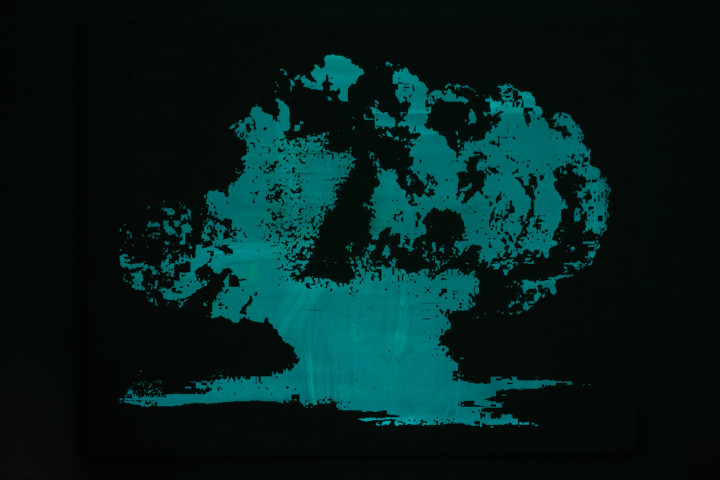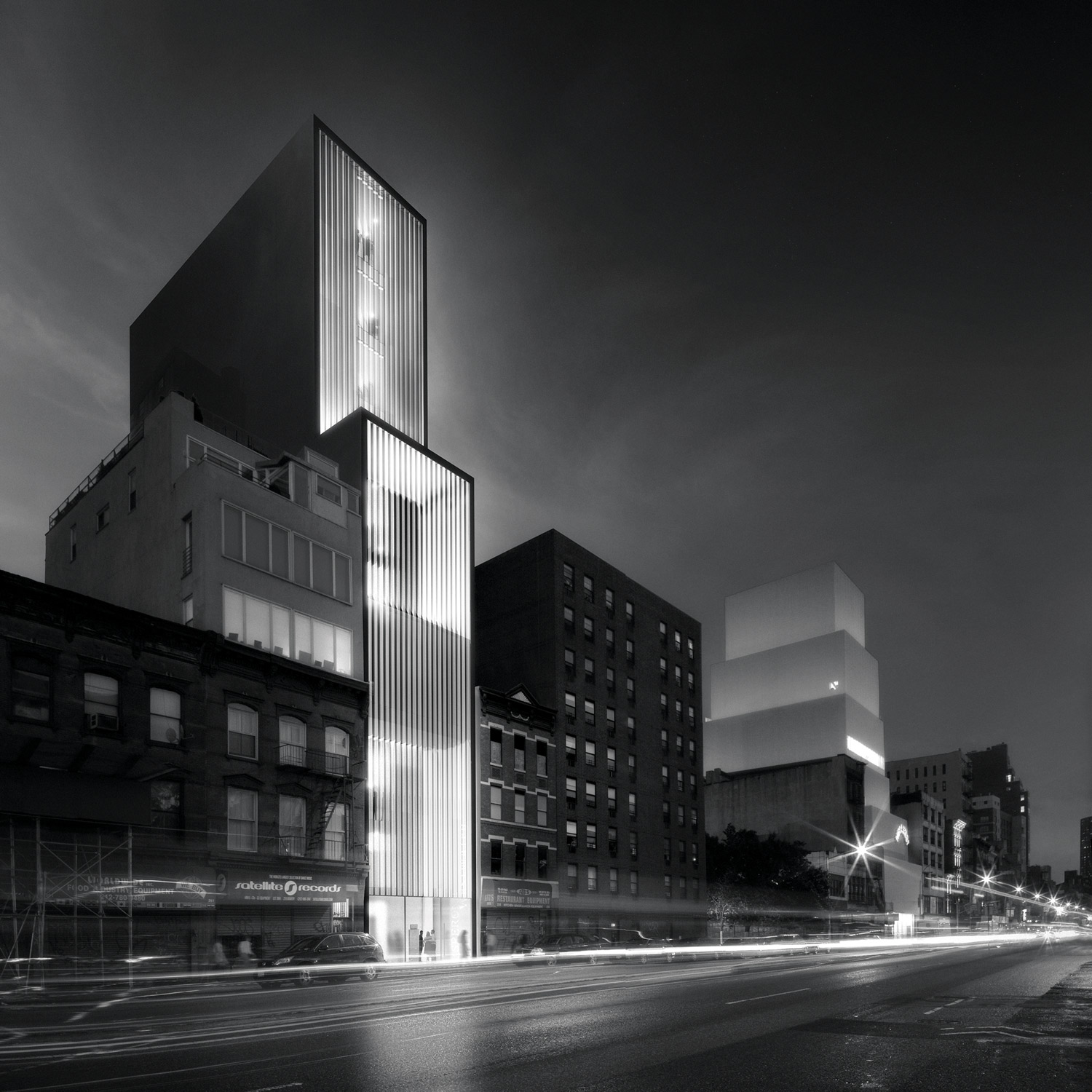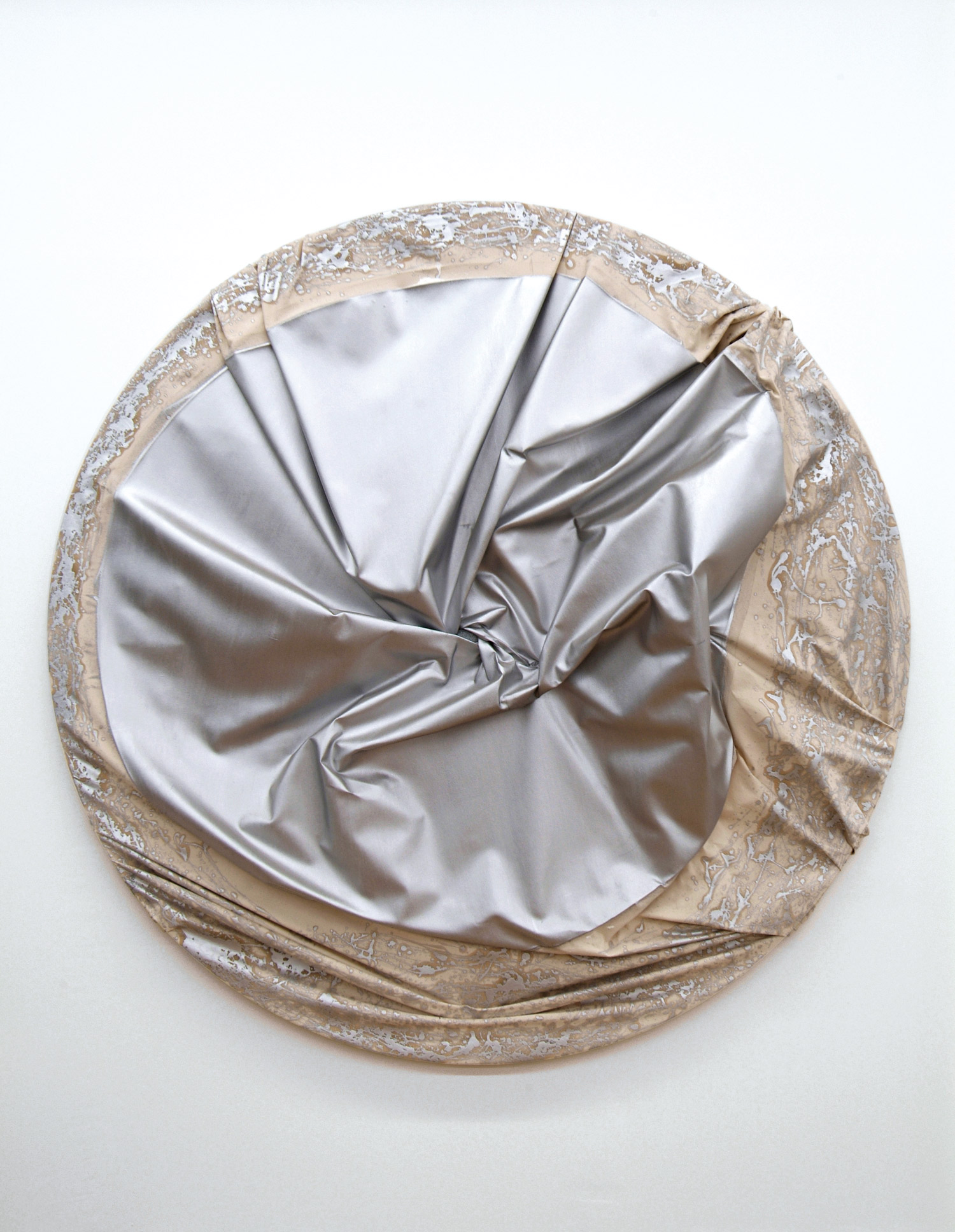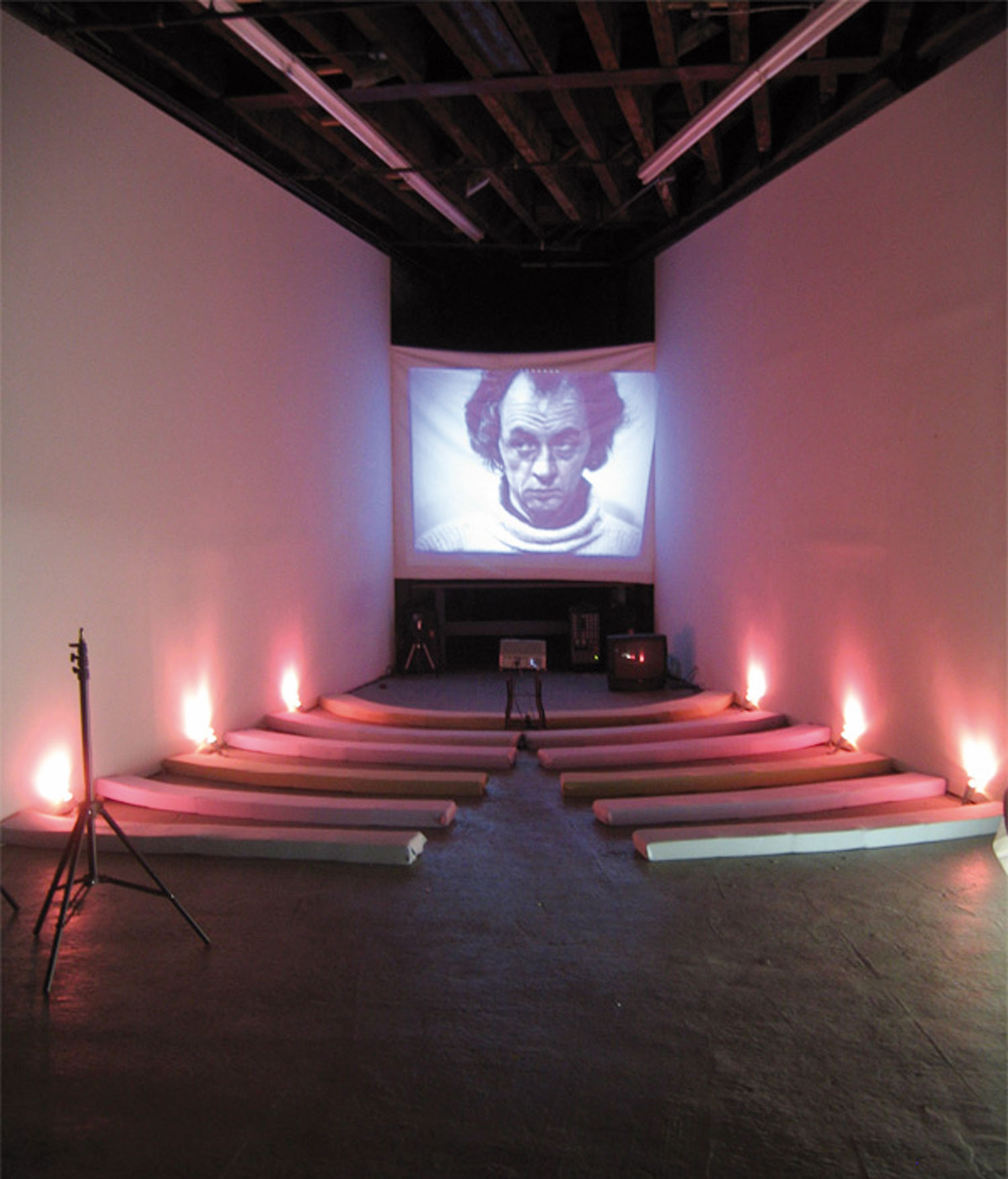
Hans Ulrich Obrist: I want to start by asking a question to do with your piece called Never Leave Home Without It that you applied to the Red Square during the 2nd Moscow Biennale in 2007. Can you talk about this series? It’s to do with very performative video-pieces…
Aaron Young: They are very performative video-pieces but they take on a more sculptural feel. The action is simple: I kick a video camera through a site that is embedded with sociological elements which I try to question through my practice. I chose Red Square as the site to work in Moscow. The square is interesting as a kind of high/low, new/old dichotomy of a new capitalist regime, with the most expensive world brands of fashion, design and architecture creeping in like a drug that everyone is forced to take but hasn’t been tested long enough to know the effects. All of this is in direct opposition to an almost outdated value system represented by Lenin’s tomb across the road. After summing up this pyramid of power and history, having it laid out in a square where there can be a final point… me as an American here performing a very minimal, radical action of kicking a camera over time within those parameters. The camera breaks down within three to four minutes, creating a time-based situation: the image that is being recorded disappears kick after kick and visually erases all the embedded history, the politics… the finished work lends itself to a social/cultural amnesia that I find exists in this place.
HUO: So what about the context, because you’ve done these pieces in other cities. In the Red Square, do you think there were some repetitions or differences?
AY: The last time I performed this action was in the garden at Versailles — for me one of the most formally ordered, decadently rich historical landscapes I have ever visited. The same chaotic action of kicking the camera creates a similar juxtaposition when repeating it in this beautiful tourist trap… it’s like oil and water: there’s nothing that’s mixing there.
HUO: You used to collaborate with other artists. There is a complex new generation right now in New York that is unbelievably dynamic and has been described as “Warhol’s Children.”1 Are you a “child of Warhol”?
AY: I have only collaborated with Nate Lowman. We wheat-pasted imagery to the dome ceiling of the Serpentine Gallery then blow-torched it. I have collaborated with many professionals and craftspersons many times; it is the nature of my practice to contact people in order to fill the skills I lack in certain tasks. I usually just focus on what I’m good at, although I’m still figuring out what that is. I guess I might be a “child of Warhol” in that way? The article you are referring to, for me, tried gathering a bunch of friends under the gigantic umbrella of Warhol. Confessing sins in a way. It is hard not to overlap with something Warhol did. He covered a lot of ground so it is hard not to find some common ground there.
HUO: That is interesting what you said: that is not the common ground. What is the common ground then?
AY: I am not saying that it’s not the common ground with “Warhol’s Children.” What this generation of artists has in common is part of the language we all share. You can pull it three or four steps back in our own art language, a kind of slang. And that’s the thing we all relate to at the same time because we are all living every single day in New York together.
HUO: But, beyond the simplification, what is the common ground? I think you all have something to do with appropriation. You appropriate stuff for your work. If I look at your works which we showed in London [“Uncertain States of America,” Astrup Fearnley Museum and Serpentine Gallery, London (2006)] you also shared this appropriation. So what are the common grounds?
AY: Yes, I have overlapped with Warhol myself but I think that filterization is a very good word here because we take all those things that are in common between us, but we put them through our own practices in the way that we all construct our own worlds and in the way that we relate to different situations, different histories of art and different practices of art. I need to filter everything through my own experience. In any situation we are all in together we are going to have some kind of different perception of it and our rockets take off from different places.
HUO: Who are your heroes?
AY: Thinking of rockets, Roman Signer. And Andreas Slominski. Is he German or Swiss-German? I’ve always wondered because of the way he deals with territory.
HUO: Yes, Slominski is German, from Hamburg.
AY: He’s amazing in finding the hardest way to go around the easiest thing. And I think that is such a brilliant metaphor for the time we are living in right now.

HUO: Do you think that your relationship with the situation of the place you are working in could possibly influence you?
AY: When I’m in New York, I know the ins and outs of the streets, and the politics that go along with them. I can see situations in the streets and I can make some kind of… not interpretation, but intervention within it. I look for the hook in that system and use that to bend it in a different direction.
Have you ever heard of the artist Mel Henderson? He is a San Francisco artist. He used to teach at San Francisco State University. He is known mostly for his work in the ’70s. Mel was in a show at the Newport Harbor Art Museum, around the time Burden was a student at UC Irvine nearby, and Paul Kos was in the show as well. Mel and Paul, who were both art professors in San Francisco at that time, had already installed in a small museum gallery there and Mel said to Paul: “Here, I want you to come with me, I want to do something.” UC Irvine’s campus is close to the 405 freeway but there is a section of private property leading up to the 405. As they were walking, Mel kept rigging up and connecting extension cords coming from the gallery space. I don’t know, they must have used 2500 feet-long cords. When they reached the cliff overlooking the 405, Mel had earlier placed near the cliff these Christmas lights he had strung together creating the text “Attica.” The last extension cord was plugged in and they both held it up standing on the cliff over the 405 freeway. The California Highway Patrol saw it as they were driving past, turned around, tracked them down and threw them both in jail. That was the night after Attica happened. It’s a really, really smart piece. That functions as inspiration for me in so many ways!
HUO: So the things are linked!
AY: Yes, that’s right, everything links up.
HUO: Can you tell me more about your XL-Performance in New York and Moscow?
AY: The performances in New York, Moscow and Naples chip away at a branch of my practice that deals with setting up parameters at a site (however loaded it might be), choosing indigenous materials, maybe even competitive to each culture valued in freedom and power (which in these performances overlap i.e., motorcycles), create possibilities to record residue by layering combination shades of paint on wood or aluminum, photography, video, also some things more ephemeral as in audience, sound and smell. Then, with as little direction as possible release this power, instinct and chance, then just enjoy the results. Each performance has had amazing moments for me. I wish I could take all my favorite moments from each and edit one satisfying performance.
HUO: Tell us more about your recent show in New York.
AY: “Punchline” was a stripped down attempt. I used sculptures that were 10-foot and 7 1/2- foot bronze boards and sawhorses that mimic NYC police barricades painted a muted blue with a stencil in white which reads “Police Line Do Not Cross.” During the wax phase of the bronzing process I carved phrases and iconic imagery referencing pop escapism: drawing of a pot leaf, “For a Good Time Call 1 800 Get Help,” R.I.P. Heath 2008 (Ledger).
These works are leaning, overlapping each other at the entrance of the gallery and negating their power while only three feet from the sidewalk where they normally function. I used the empty space of the gallery (80% of the space) to function as an object, a void. It is the ‘meat’ of the space and it “rips you off” where I would usually create the parameters of the event. At the end of the walk through the clean bankrupt walls there is a doorway covered by a black sound curtain. Past the curtain is a small room with the ceiling dropped to 10 feet high. There are three creamy green, seemingly monochrome paintings. On the back wall next to the entrance is a white box with a silver slot. Written on the box is “Quarters Only!”, introducing the possibility of an economic transaction. This creates a tension by the unexplained need for participation. The action, if taken, results in a surprising optical assault. The titles of these paintings are intros or stagings of “one liner” jokes, which creates a site and questions “common ground” within cultural, political and/or racial situations. For example, “An African, a German and a Mexican walk into a bar…”
HUO: What’s the link between your exhibition and your performance?
AY: It’s my aggressive persuasiveness. Some days I confront you with breathing toxic smoke (Greeting Card, Arc Light, Smoke Flows In All Directions), some days I ask you to focus on a painting that could scar your memory for life (Focus on the four dots in the middle of the painting for thirty seconds, close your eyes, then tilt your head back), and some days I hustle you out of your spare change (“Punchline”).





